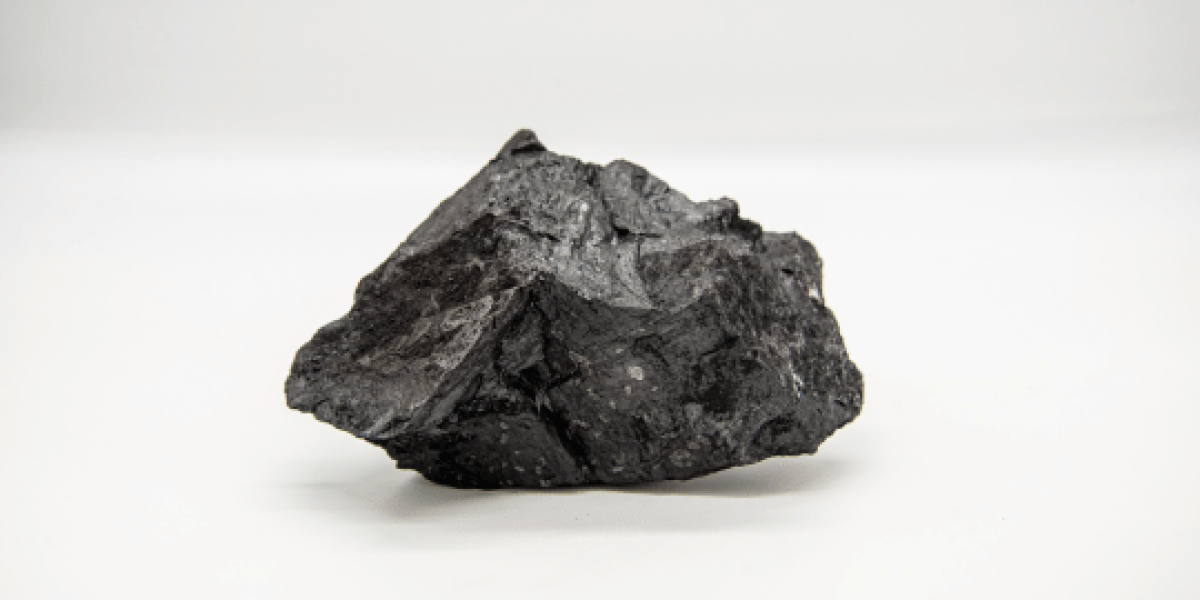The Australia coal market continues to be a key pillar of the country’s energy and export sectors. Coal is among the most important primary energy sources in Australia, supporting power generation, industrial processes, and international trade. Despite rising awareness and policies encouraging renewable energy, coal still dominates the electricity generation landscape due to its cost-effectiveness and availability. Australia’s vast reserves of thermal and metallurgical coal have helped position it as a leading global exporter. The domestic demand remains stable as coal-fired power stations supply a major share of the country’s base load electricity, making coal indispensable in ensuring energy security and affordability.
Australia Coal Market Size
In 2024, the Australia coal market size was valued at 105.97 million tons. This substantial figure reflects both domestic consumption and the country’s strong coal export performance. The market is driven by the persistent demand for coal in power generation, steel production, and other industrial applications. Coal continues to be a strategic asset for Australia, especially in regions where it plays a vital role in supporting local economies and employment. The size of the market also underlines the robust mining infrastructure and logistics network that supports coal extraction, transport, and export operations across the country.
Australia Coal Market Growth
The Australia coal market is expected to grow at a compound annual growth rate (CAGR) of 1.70% between 2025 and 2034. By the end of this period, the market volume is projected to reach approximately 125.43 million tons. This growth reflects a stable but moderate increase in demand, driven by both domestic electricity needs and continued strong demand from export markets such as China, India, South Korea, and Japan. The relatively low cost of coal compared to other energy sources helps maintain its role in electricity generation. Furthermore, technological improvements in mining and emissions reduction are making coal usage slightly more sustainable, supporting its continued relevance in the energy mix.
Australia Coal Market Trends
One of the major trends shaping the Australia coal market is the ongoing transition towards cleaner energy. Although renewables are being promoted across the country, coal still holds a firm position due to its reliability and ability to meet high electricity demand. Hybrid energy systems that combine renewable sources with coal-fired backup are becoming more common, allowing smoother energy transitions.
In addition, there is growing interest in carbon capture and storage (CCS) technologies to reduce greenhouse gas emissions from coal-fired power plants. These developments are helping the coal sector adapt to climate-related pressures while maintaining its market share. Export demand, especially for high-quality metallurgical coal used in steelmaking, remains a strong pillar, supported by industrialisation in Asia-Pacific regions.
Another key trend is the push for automation and digitalisation in mining operations. Technologies such as autonomous trucks, remote monitoring, and advanced data analytics are being increasingly adopted to improve safety, efficiency, and productivity in coal mining operations across Australia.
Get a Preview with a Free Sample Report
Industry Segmentation
The market can be segmented based on type, mining technology, end use, region.
Market Breakup by Type
- Bituminous Coal
- Sub-Bituminous Coal
- Lignite Coal
- Anthracite
- Others
Market Breakup by Mining Technology
- Surface Mining
- Underground Mining
- Others
Market Breakup by End Use
- Power Generation
- Steel
- Cement
- Residential and Commercial
- Others
Market Breakup by Region
- New South Wales
- Victoria
- Queensland
- Australian Capital Territory
- Western Australia
- Others
Market Opportunities and Challenges
Opportunities:
- Continued export demand from Asian countries for thermal and metallurgical coal.
- Investments in carbon capture and storage (CCS) technologies to reduce emissions.
- Strong infrastructure support for coal logistics and port facilities.
- Use of advanced mining technologies for improved efficiency.
- Long-term contracts with international power producers and steel manufacturers.
Challenges:
- Increasing pressure from climate change policies and international environmental commitments.
- Declining social acceptance of coal due to environmental concerns.
- Potential reduction in domestic coal-fired power stations in the long run.
- Competition from renewable energy sources such as wind and solar.
- Volatility in global coal prices affecting profitability.
Australia Coal Market Analysis
The Australia coal market is segmented into two major categories: thermal coal used for electricity generation and metallurgical coal used in steel production. Both categories have strong domestic and international relevance. Queensland and New South Wales are the leading coal-producing states, with significant mining and export infrastructure. The export segment forms a large part of the market’s dynamics, contributing billions of dollars to the national economy annually.
Thermal coal exports are primarily directed towards power-hungry nations in the Asia-Pacific region. On the other hand, metallurgical coal finds high demand in countries with growing steel industries. Australia’s ability to supply high-grade coal has made it a preferred source in international markets.
Domestically, coal accounts for a large share of electricity generation, although the share is gradually reducing as renewables enter the grid. Still, coal power plants remain essential for base load supply. Government policies are increasingly focusing on making coal operations more environmentally sustainable through investments in cleaner technologies.
Labour and environmental regulations, along with growing community scrutiny, influence mining operations and approvals. Despite these factors, the market maintains a strong foundation, supported by demand consistency, export potential, and a well-established infrastructure for production and distribution.
Competitive Landscape
The key players in the industry includes:
- Bloomfield Group
- BHP Group Limited
- Yancoal Australia Ltd.
- Banpu Public Company Limited (Centennial Coal)
- Glencore Australia Pty Ltd.
- Jellinbah Group
- Peabody Energy, Inc.
- Whitehaven Coal Limited
- Hunter Valley Operations
- Others
Media Contact
Company Name: Claight Corporation | Expert Market Research
Contact Person: John Walker, Corporate Sales Specialist – Australia
Email: [email protected]
Toll Free Number: +61 448 06 17 27 | +1-415-325-5166
Address: 63 Fiona Drive, Tamworth, NSW, Australia
Website: https://www.expertmarketresearch.com.au












